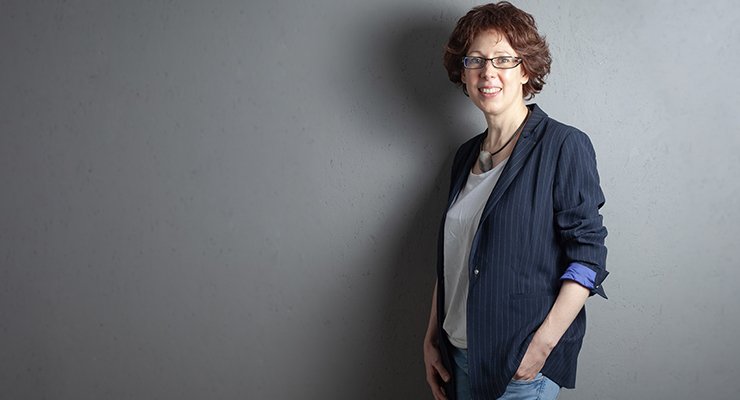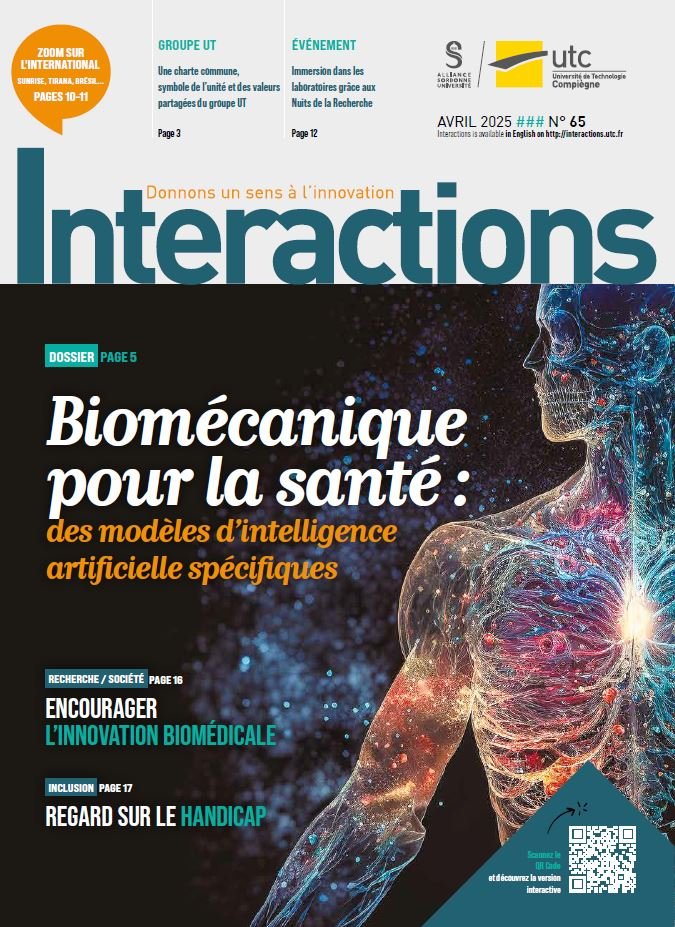“Digital twins” for microcapsules

Anne-Virginie Salsac is a research director at the CNRS, in the Interactions Fluides Structures Biologiques (IFSB) team of the UTC-CNRS-BMBI laboratory. With Florian De Vuyst, she is developing “digital twins” of microcapsules under flow conditions.
In concrete terms? “A microcapsule consists of a membrane protecting a drop of an active fluid, like a drug. Like red blood cells, it enables the fluid to be delivered directly to the tissues, while avoiding side effects for the patient. Currently, therapeutic solutions on the market are nanoscale: their advantage (and disadvantage) is that they can cross all barriers, but the quantity of drug encapsulated is infinitesimal”, she explains.
Hence the idea, as part of the Multiphys Microcaps project funded by the European Research Council, to develop larger, micrometre-sized vectors. “However, to ensure that the vectors are safe and can pass through capillaries or even smaller pores, we need to be sure of their deformability and resistance to blood flow. We are therefore developing numerical models that enable us to study their behaviour under flow and identify their mechanical properties by coupling them to micro-experiments. One of the quantities we need to estimate is their risk of rupture”, she explains. This is a multi-physics problem requiring complex simulations. “We need to model the dynamics of the vector with its liquid core and thin membrane with non-linear mechanical properties, all interacting with the external fluid. The only way to do this is to develop our own high-fidelity digital codes. Being explicit, simulations are time-consuming, which led us to create digital twins. Having a large amount of simulation data at our disposal, we chose the “reduced-order models” approach, which can be seen as physics-based AI. Their interest lies in providing us with small-scale algebraic systems, which can reduce part of the high-fidelity codes, or indeed the codes in their entirety. Their other interests are to reduce calculation times and improve understanding of the elements driving fluid-structure coupling”, stresses Anne-Virginie Salsac.
What is the next step? “We’re going to bring our model reduction tools into a form of dialogue with more traditional AI tools. This is the aim of Lucas Wicher’s thesis, which I am co-directing with Florian De Vuyst, co-financed by the Hautsde- France Region and the UTC Safe-IA Chair. The aim is to determine which AI tools guarantee robust, safe and reliable digital twins”, she concludes.
MSD




